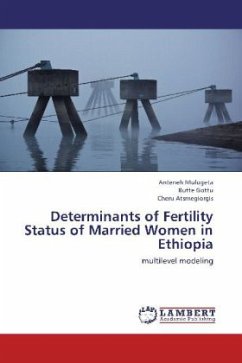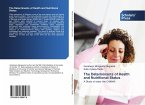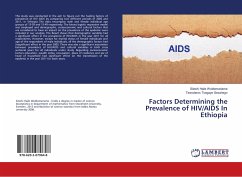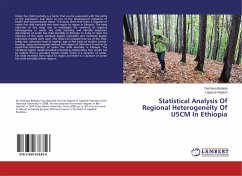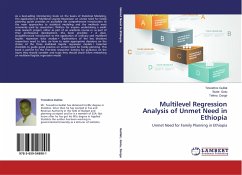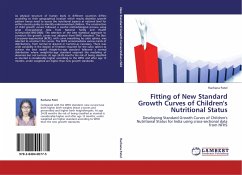High fertility defined as five or more births per woman over the reproductive career characterizes 33 countries of the world. Ethiopia is the second largest country in Africa, with an estimated population of nearly 79 million in 2010 and a growth rate of 2.6 percent per year. The hierarchical structure of the data is formed such that 7052 individuals (women) were nested in eleven geographical regions based on the 2011 Ethiopia Demographic and Health survey data. Single level logistic and multilevel logistic regression models on fertility status of married women were employed. The results confirmed that woman s educational level, sex of household head, being visited by family planning worker twelve months before the survey, child loss experience, husband desire for children, woman s occupation, religion and age of woman at first birth were found to be significant contributing factors for high fertility. This study revealed that the random intercept and fixed slope model fits the data significantly better than the other multilevel logistic regression models. In random intercept model the overall variance of constant term was found to be statistically significant.

